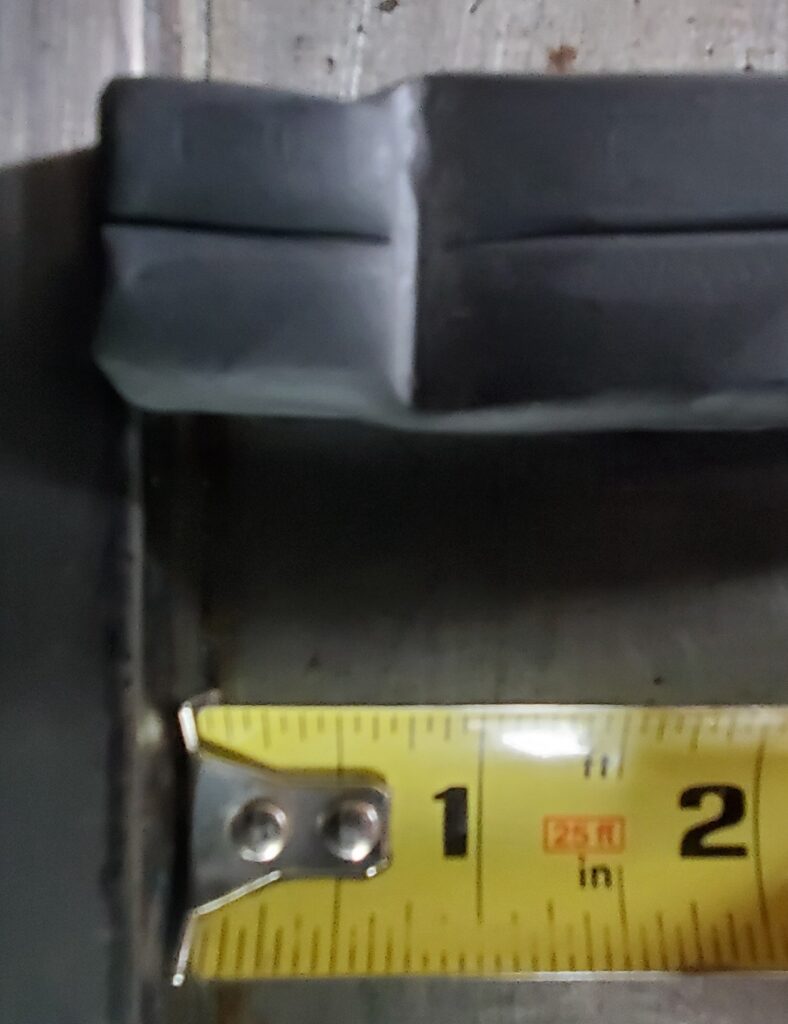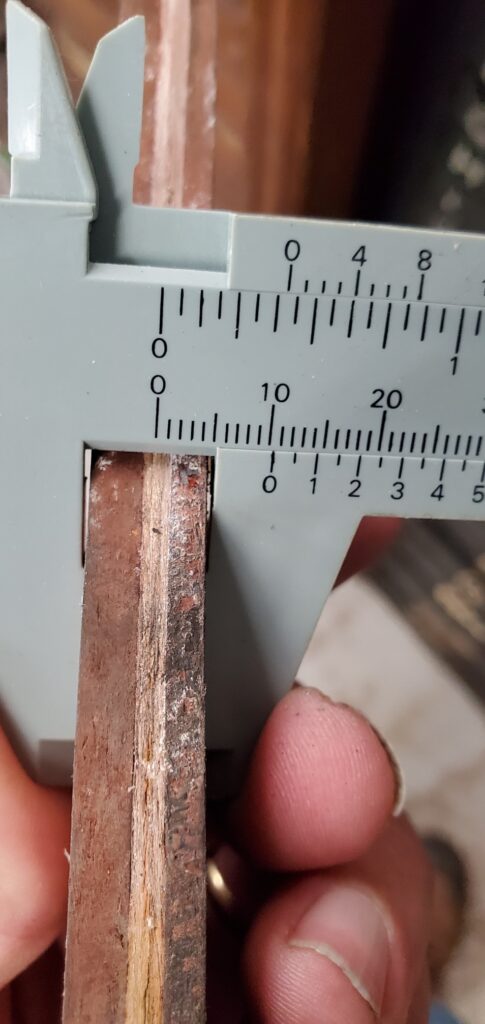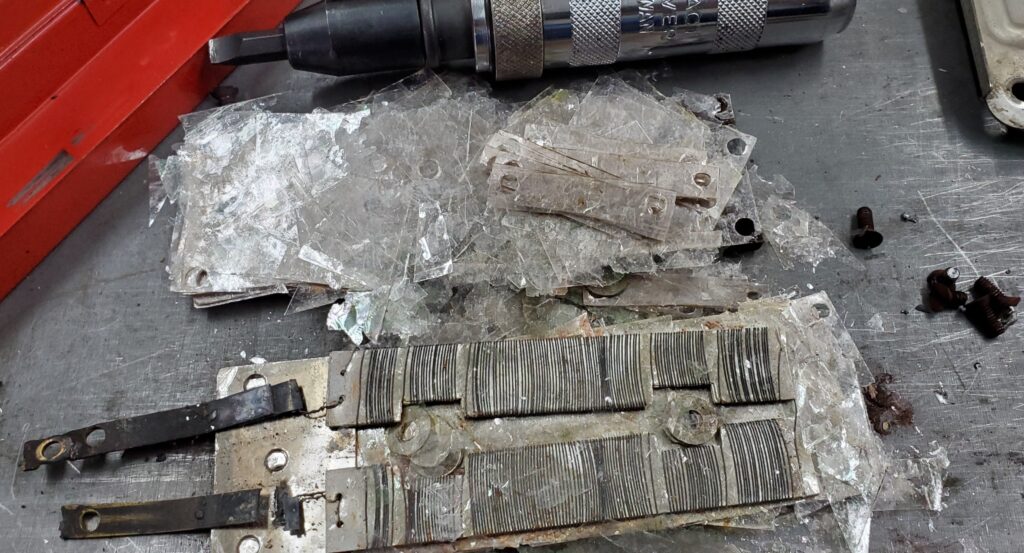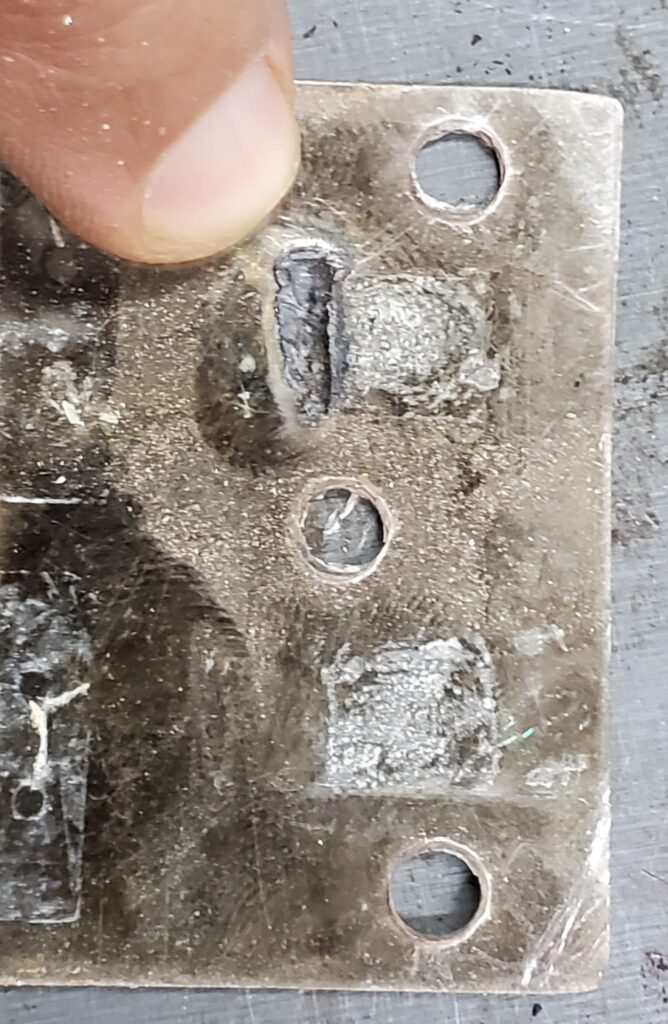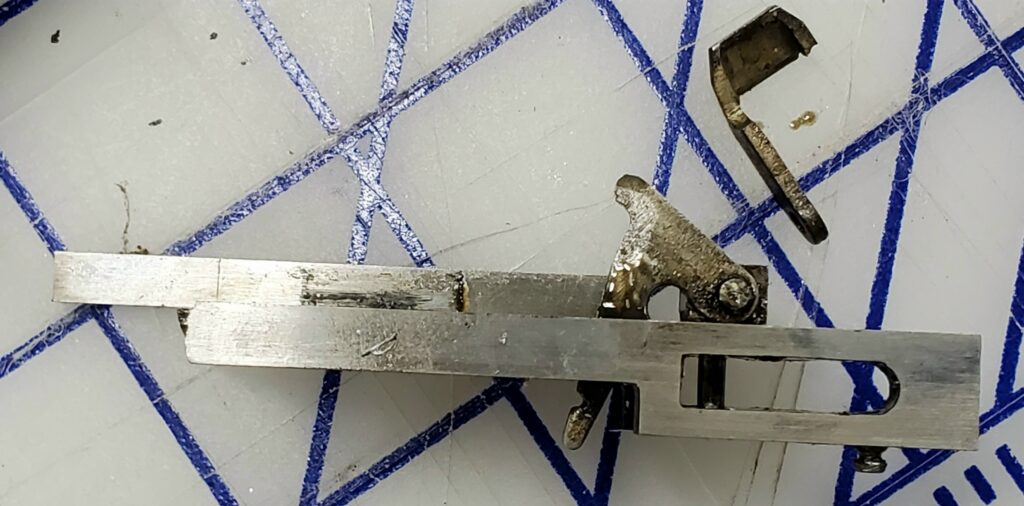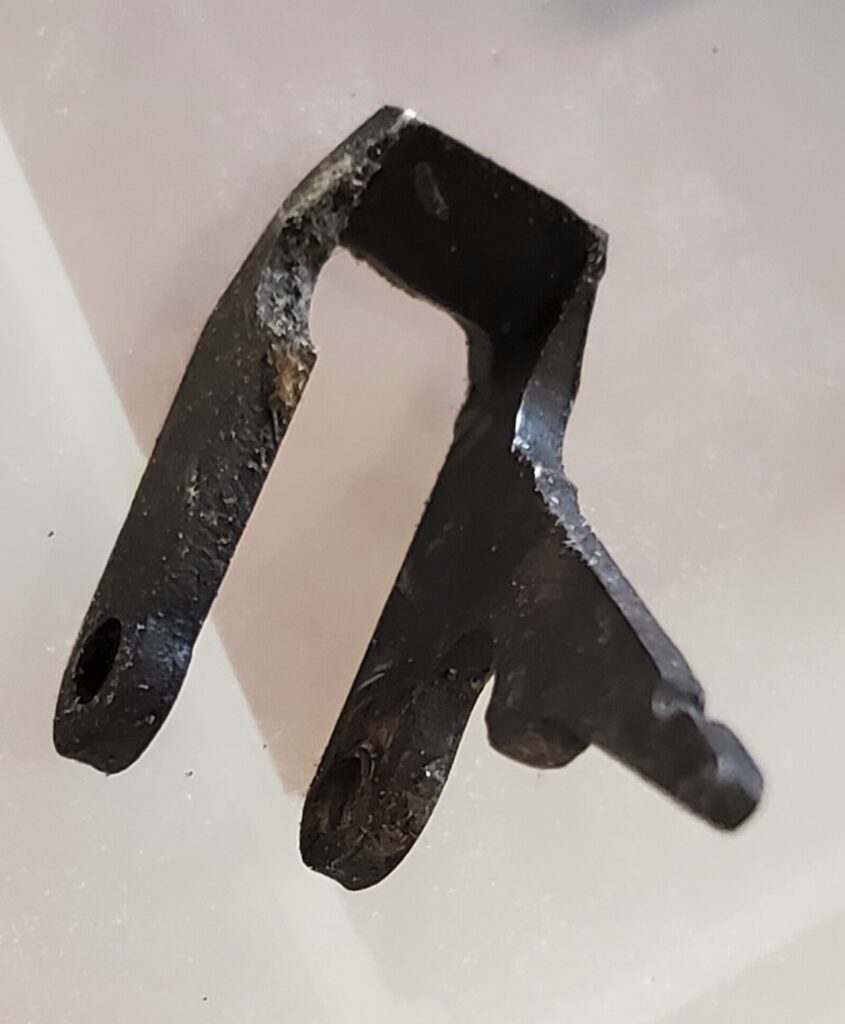I’ve been slowly plugging away (apparently, for at least 9 years!) at an interface to control my Monotype Composition Caster using a computer. The caster was originally designed to be controlled by a 31-channel punched paper ribbon, which is read by compressed air. The holes in the ribbon allow the compressed air to enter specific circuits in the caster, which select which matrix to cast, when to start a new line, and other control functions.
Blank ribbon is now very hard to come by, and perforating it with an appropriate program requires a whole separate set of equipment: At least one Monotype Keyboard, a collection of keybars and stopbars corresponding to the various fonts one wishes to use, and other accessories. These are all large, heavy, and rust-prone unless stored in a climate-controlled location, so many Monotype owners prefer to avoid physical keyboards altogether.
In addition to avoiding all that extra hardware, the computer system is capable of making the caster do things that, though possible using a physical keyboard, would require prohibitively complex calculations on the part of the keyboard operator.
There have been several computer interfaces designed through the years, gradually becoming easier to use and to install as designs improved. I’m fussy and find even the latest units somewhat clumsy, having a separate box and a bundle of tubing going to the caster’s reader head, so I’m adding to the fray with my own design.
My design uses compact pneumatic valves which allow the entire unit to hang directly on the reader head, requiring no tools to install. It detects the caster cycle using the motion of the same part of the caster that applies the compressed air when reading a physical ribbon.
So far, though, my unit is still a prototype, and the electronics are built on a prototyping board, with several bundles of wire connecting it to the unit on the reader head.

The interface sitting in a crate on my way to the 2023 ATF conference in Maine
I’m finally addressing this. I’ve actually had some PCBs made, and have all the parts (in theory) required to assemble this so all the electronics (except the power supply) are part of the read head unit.

Five PCB’s and a metal stencil for applying solder paste
So far, I’ve found one mistake in the board: I used the wrong “footprint” for the resistors: The parts I bought—and thought I was designing for—have what is called a 0603 form, 0.6×0.3mm, but the pads on the board for the resistors were incorrectly made for 0402 form, 0.4×0.2mm. It looks like I’ll still be able to install the 0603 resistors, and though they’ll have less-than-perfect solder connections I’ll still be able to test the board for other mistakes. I could buy new resistors in the 0402 size, as they are not that expensive, but I already feel that I’m working with dust motes handling the 0603 ones!
I’m not entirely sure why I went with such small parts in the first place as there is plenty of room on the PCB for larger ones. I suspect that I confused metric and inch-sized designations, and thought I was specifying 0603 in inch sizes, equivalent to metric 1608 (1.6×0.8mm), which is 2.54 times larger in each dimension.
Even though I had 5 boards made, they will likely not be the final design, but will be useful for testing mechanical fitment and for practicing soldering such devices (not to mention finding errors in the circuit). Normally for quantities I’m dealing with such boards are soldered using what is called a reflow oven, where one applies a solder/flux mix in paste form to the solder pads, places the components, and heats the entire board until the solder melts. I may have access to such an oven but I don’t know if it is large enough for my boards, so I may end up with some makeshift method using a heated metal plate or two.


